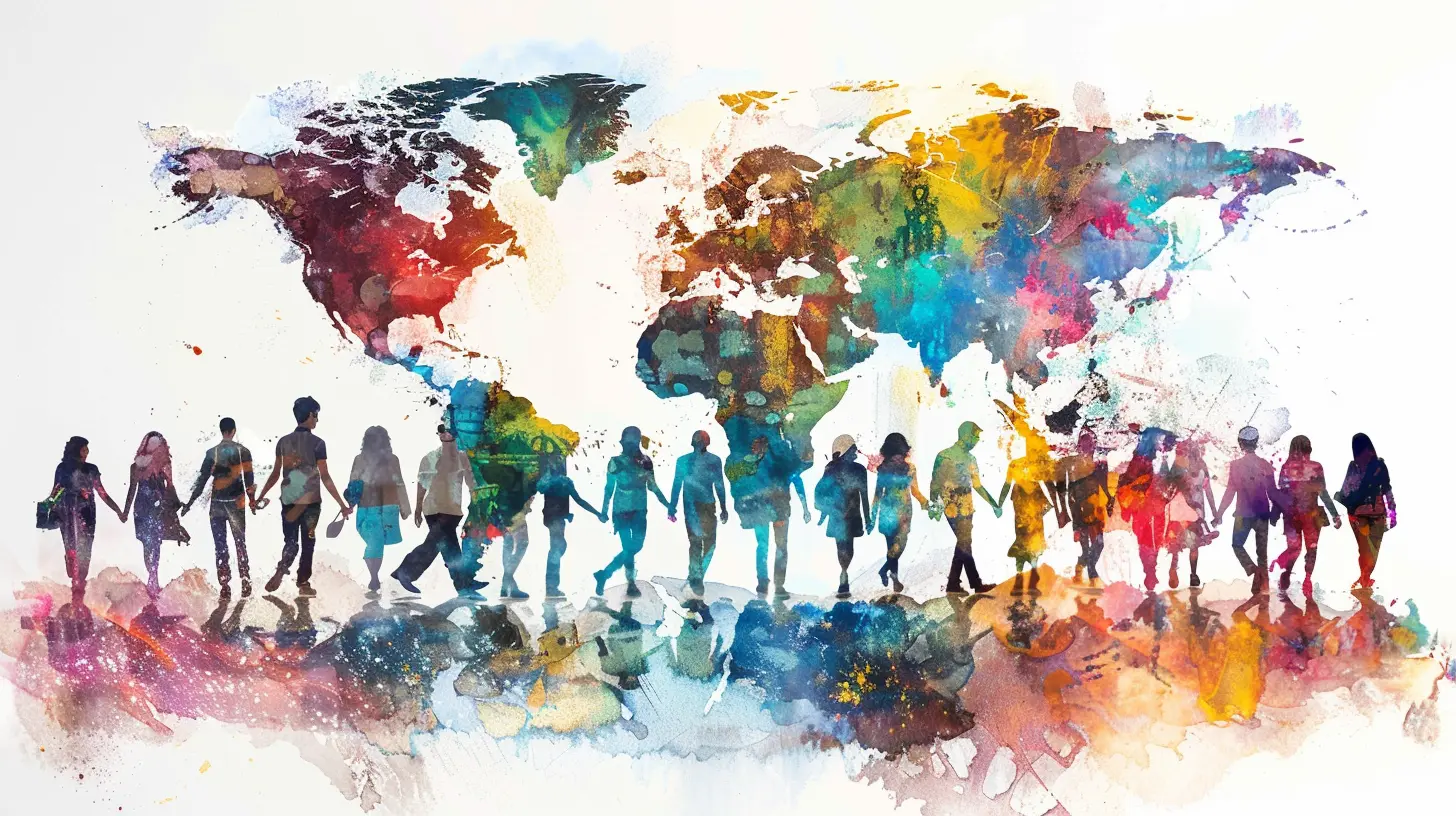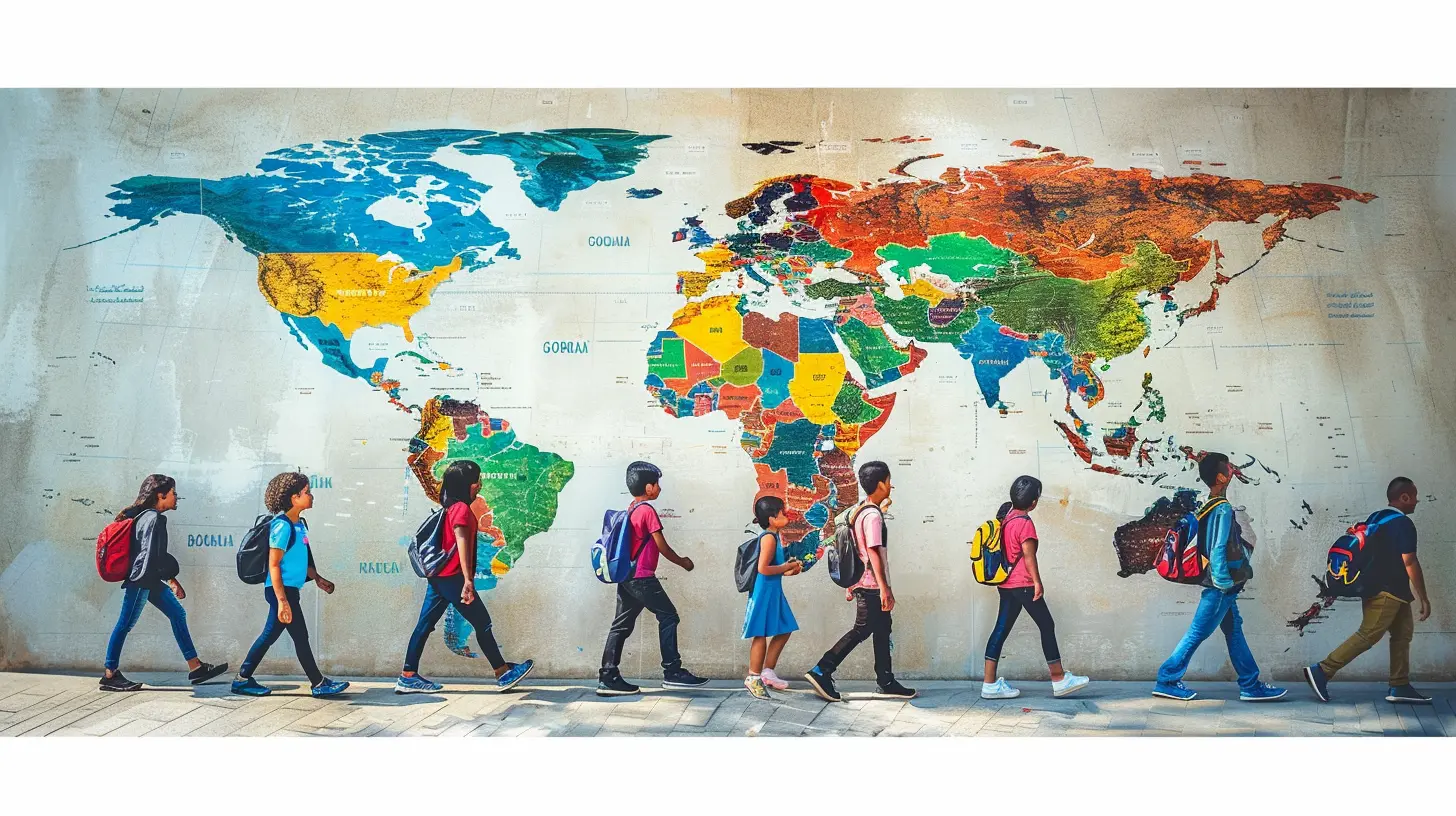Global Education Partnerships: Building Bridges Across Borders
4 September 2025
Education has always been a powerful force for shaping societies. But in today’s interconnected world, it’s no longer just about what happens within the walls of a single classroom or even a single country. Now, more than ever, global education partnerships are playing a crucial role in breaking down barriers, fostering cultural understanding, and ensuring students worldwide have access to quality learning opportunities.
But what exactly are global education partnerships, and why do they matter? Let’s dive into the details.

What Are Global Education Partnerships?
Global education partnerships are collaborations between schools, universities, governments, and organizations across different countries with the goal of improving education. These partnerships take many forms, from student exchange programs and joint research initiatives to teacher training and curriculum development.At their core, these partnerships are about building bridges—connecting students, educators, and institutions across borders to share knowledge, resources, and experiences.

Why Are Global Education Partnerships Important?
The world is more connected than ever, and education should reflect that. Here are some key reasons why global education partnerships matter:1. Expanding Access to Education
Not every country has the same level of educational resources. Through partnerships, wealthier institutions can support schools in underprivileged regions by providing funding, technology, or expertise. This ensures that more students have access to quality education, no matter where they live.2. Fostering Cultural Exchange
Imagine a student in India collaborating with a student in France on a science project, or a teacher from the U.S. sharing best practices with educators in Africa. These interactions expose individuals to different cultures, perspectives, and ways of thinking—preparing them for a world that is increasingly interconnected.3. Promoting Innovation in Education
When institutions from different parts of the world join forces, they bring unique perspectives to the table. This collaboration often leads to new teaching methods, technological advancements, and innovative solutions to global educational challenges.4. Enhancing Economic Opportunities
Education partnerships don’t just benefit students—they also help economies grow. When students receive an education that prepares them for a global workforce, they become valuable assets in various industries. Countries investing in such partnerships are ultimately investing in their economic future.5. Addressing Global Challenges Together
Issues like climate change, poverty, and public health require international cooperation. By fostering partnerships in education, we’re also training the next generation of global leaders who will work together to solve these pressing problems.
Types of Global Education Partnerships
Now that we know why these partnerships are essential, let's look at some of the most common ways they manifest.1. Student Exchange Programs
One of the most well-known forms of global education partnerships is student exchange programs. These programs allow students to study in another country for a semester or a year, exposing them to new cultures and educational systems.Example: The Erasmus+ program in Europe enables students to study in different European countries, broadening their academic and cultural horizons.
2. University Collaborations
Universities across the globe often enter into partnerships for joint research projects or dual-degree programs, allowing students to earn degrees that are recognized in multiple countries.Example: MIT collaborates with institutions worldwide to develop cutting-edge research in science and technology.
3. Online Learning and Virtual Exchanges
The rise of digital education has made it easier than ever for students to engage in global learning experiences without leaving their home countries. Online courses, virtual student exchanges, and international collaborations are becoming more common.Example: Platforms like Coursera and edX offer courses from top universities across the world, allowing students to access quality education regardless of their location.
4. Government and NGO Initiatives
Many governments and non-governmental organizations (NGOs) fund global education initiatives to improve learning conditions in developing countries. These programs often focus on teacher training, curriculum development, and infrastructure improvements.Example: UNESCO’s Global Education Coalition supports education continuity in crisis-affected regions by providing digital tools and resources.
5. Corporate and Industry Partnerships
Companies are also getting involved in education by partnering with institutions to develop training programs that align with industry needs. This ensures that students are equipped with relevant skills for future job markets.Example: Google has partnered with universities globally to provide specialized tech training and certification programs.

Challenges in Global Education Partnerships
While these partnerships bring numerous benefits, they are not without challenges. Some of the most common obstacles include:1. Cultural and Language Barriers
Differences in language and cultural norms can sometimes make collaboration difficult. Institutions need to find ways to bridge these gaps to ensure smooth communication and understanding.2. Funding and Resource Allocation
Not all institutions have equal financial resources to support global partnerships. Smaller schools and universities in developing countries may struggle to participate in collaborations due to limited funding.3. Political and Legal Barriers
Education policies and regulations vary from country to country, which can complicate cross-border partnerships. Some governments impose restrictions on international collaborations, making it harder for institutions to work together.4. Technological Disparities
While digital learning has made global education partnerships more accessible, not all regions have the necessary technology or internet access to fully participate in online programs.How to Strengthen Global Education Partnerships
Overcoming these challenges requires strategic planning and commitment. Here are some ways to strengthen global education collaborations:1. Investing in Cultural Competency Training
Educators and students involved in international partnerships should receive training in cultural sensitivity to foster better understanding and cooperation.2. Securing Sustainable Funding
Governments, private organizations, and NGOs should work together to provide long-term funding for education initiatives, ensuring that financial constraints do not hinder collaboration.3. Leveraging Technology
Expanding internet access and digital tools can help bridge the gap between institutions in different parts of the world, making online learning and virtual exchanges more effective.4. Creating Supportive Policies
Governments should establish policies that encourage and facilitate international education partnerships while removing unnecessary bureaucratic hurdles.5. Encouraging Public-Private Partnerships
Collaborations between governments, universities, and private industries can lead to sustainable and impactful education programs.
The Future of Global Education Partnerships
As technology advances and the world becomes even more interconnected, global education partnerships will continue to evolve. The rise of artificial intelligence, virtual reality, and blockchain technology could revolutionize how students learn and interact with educational institutions worldwide.Additionally, as global challenges such as climate change and economic inequality persist, education will remain a crucial element in developing innovative solutions. Strengthening international partnerships can ensure that students today are equipped with the skills and knowledge needed to tackle the problems of tomorrow.
Conclusion
Global education partnerships are more than just agreements between institutions—they are bridges that connect cultures, ideas, and opportunities. By working together across borders, we can ensure that education remains a powerful tool for progress and innovation.It's time to embrace collaboration, break down barriers, and create a future where knowledge knows no boundaries. Because when we invest in global education partnerships, we're not just shaping better students—we're shaping a better world.
all images in this post were generated using AI tools
Category:
Global EducationAuthor:

Eva Barker
Discussion
rate this article
1 comments
Quillan McBride
This article beautifully highlights the importance of global education partnerships. By fostering collaboration across borders, we can share resources, ideas, and diverse perspectives that enhance learning experiences. Such initiatives not only enrich students' education but also promote understanding and unity in our interconnected world. Great insights!
September 21, 2025 at 11:21 AM

Eva Barker
Thank you for your thoughtful feedback! I'm glad you found the article's message about the power of collaboration in global education resonant.


